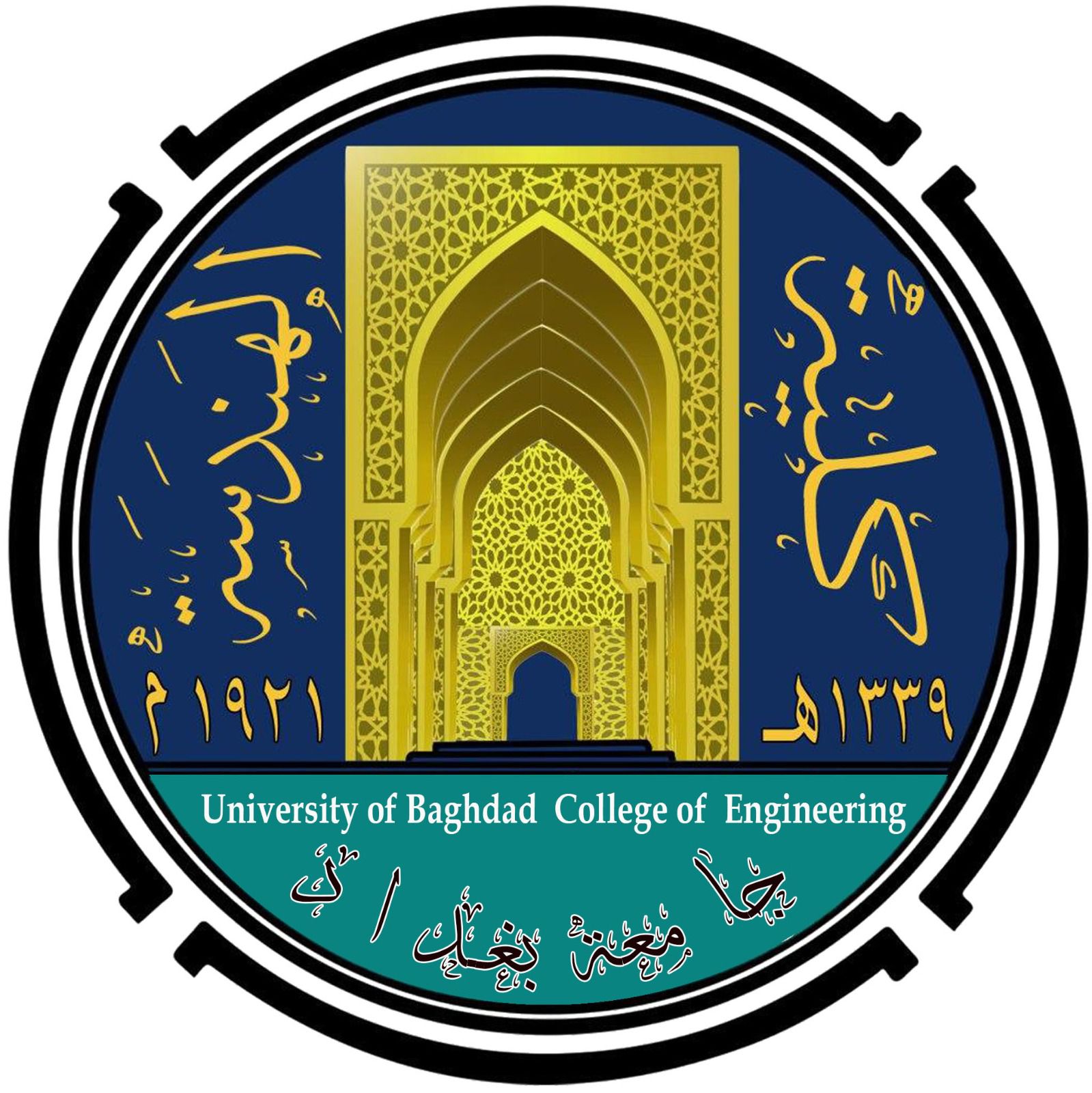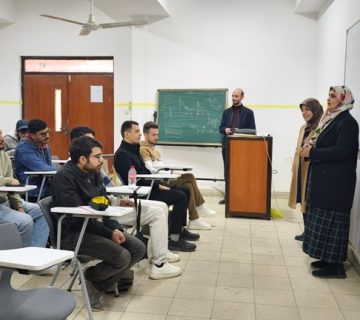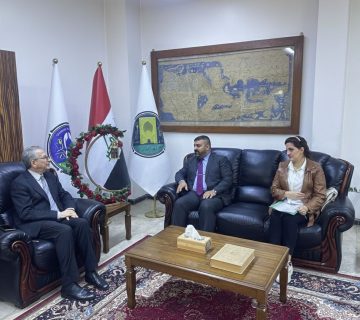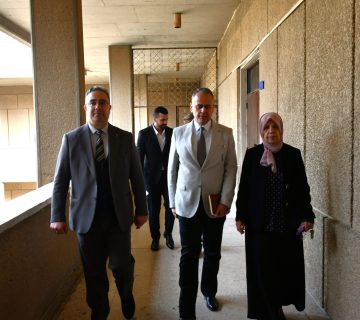We would like to congratulate Professor Dr. Ahmed Faik Al-Alawi, Assistant Professor Dr. Atheer Mohammed Galib, Dr. Maqat Hassan Saleh, and Mr. Hassanein Abbas Hassan, the teaching staff members in the Department of Chemical Engineering, for receiving a letter of appreciation from the esteemed President of the University of Baghdad. This recognition is a testament to their outstanding scientific efforts through the publication of their research paper titled:Assessment of the Pressure Driven Membrane for the Potential Removal of Aniline from Wastewater”And published in the scientific journal ‘Journal of Ecological Engineering’ which is indexed in the Scopus database with an impact factor of 2.6.”
ABSTRACT
The vast utilizing of aniline in diverse industrial applications makes it predominantly recognized in the eco-geological system. This work investigated the feasibility of reverse osmosis (RO) and nanofiltration (NF) membranes for the removing of aniline from wastewater. The performance of the TFC spiral wound membrane was examined with different operating parameters. The effect of feed concentration (10–200 mg/l) and operating pressure (1–4 bar) on flux and aniline rejection were explored. Additionally, the fouling test for the adopted membranes was conducted for 20 h using NaOH as cleaning agent. The results revealed that a high rejection ratio at noticeable low operation pressure was achieved by using TFC membranes for both of the RO and NF technologies. The maximum aniline rejection was 99.8% and 93.25% under a 1 bar pressure and the concentration of feed 10 mg/l for the RO and NF membranes, respectively. These rejection ratios correspond to the permissible concentration of aniline in the wastewater. The water flux obtained was 6.33 and 13.5 LMH for reverse osmosis and nanofiltration membranes, respectively. The augmentation of operation pressure resulted in decreasing of rejection and rising of the flux. The fouling test showed a reduction in flux of about 0.92 and 4.35% for RO and NF membranes, respectively, from its initial value before membrane cleaning. The results also demonstrated that the reverse osmosis membrane is better than the nanofiltration membrane in terms of removal efficiency.








